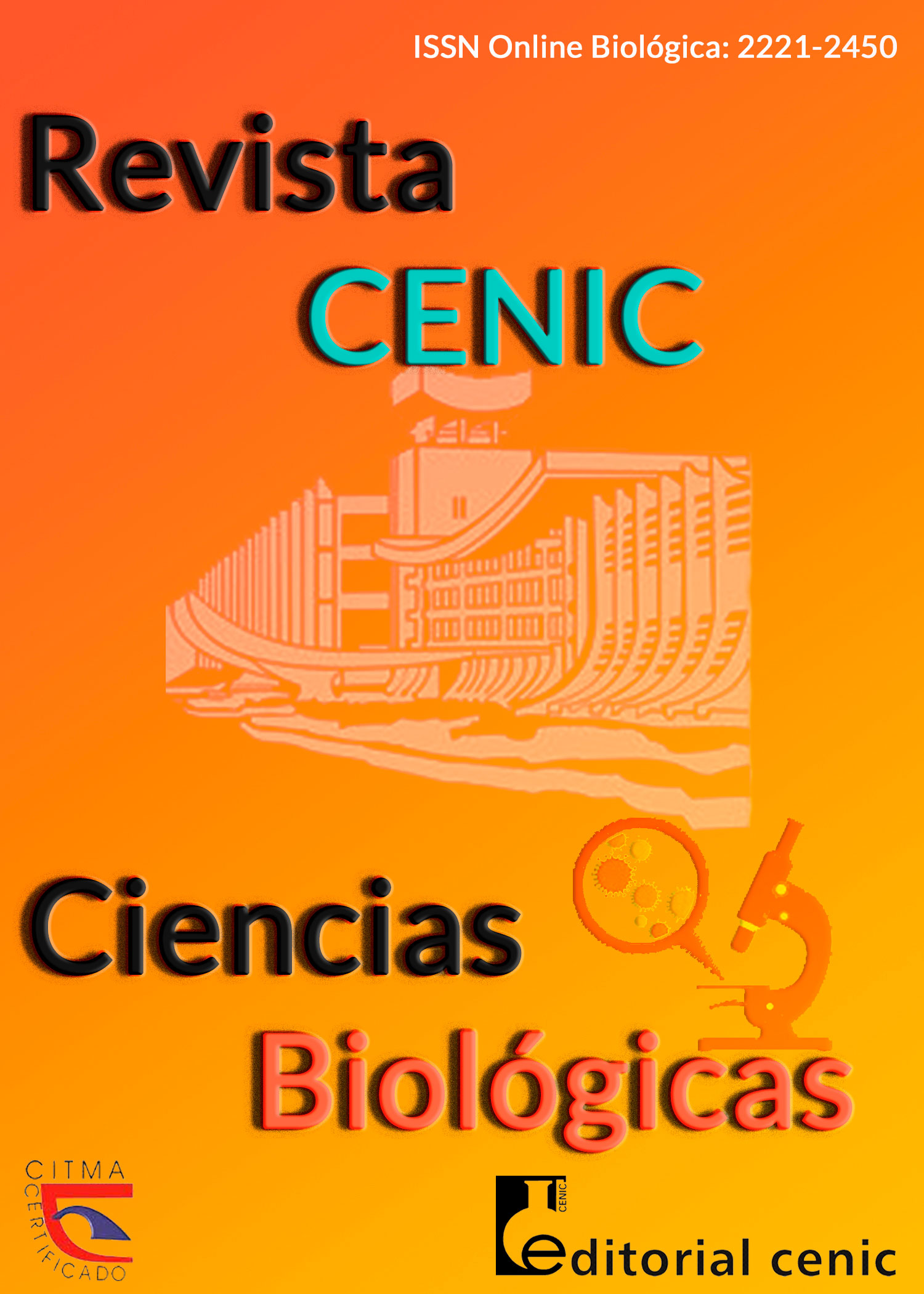Isolation and identification of a prodigiosin-like pigment producer Vibrio sp. isolate from a sea snail Thais sp
Abstract
Marine bacteria associated with Mediterranean Sea snails have not been explored intensively. The aim of the study was to explore marine pigmented bacteria associated with the sea snail Thais sp. commonly found in Alexandria seashores where a red-pigmented bacterium was isolated and identified as Vibrio sp. based on phenotypic traits and 16S rRNA gene sequence analysis. Based on ultraviolet-visible (UV-vis) spectral and liquid chromatography-mass spectrometry (LC-MS) analysis, the red pigment was identified as a prodigiosin-like pigment. To our knowledge, this is the first report on the isolation of a Vibrio strain from a gastropod able to synthesize prodigiosin. Maximum production (7 mg/L) was achieved after two days in MZM cultures containing 0.5% mannitol and 2.5% soybean meal, pH 7 and statically incubated at 30 °C, using Plackett-Burman factorial design. RT-qPCR revealed that pks-1 and nrps responsible for the biosynthesis of prodigiosin and other bioactive compounds were up-regulated by the addition of sublethal concentrations of imipenem, DMSO, and the heavy metals copper oxide and chromium VI oxide. Through this work it can be concluded that marine invertebrates should be further explored for bacteria producing bioactive compounds whose synthesis can be enhanced or blocked depending on the carbon and nitrogen sources adopted in the fermentation medium. Moreover, the mRNA expression of the genes responsible for prodigiosin-like pigment production can be up-regulated through adopting sub-lethal concentrations of stress inducing compounds as well as co-cultivation
Downloads

Downloads
Published
How to Cite
Issue
Section
License
Copyright (c) 2022 Copyright (c) 2022 Revista CENIC Ciencias Biológicas.

This work is licensed under a Creative Commons Attribution-NonCommercial-ShareAlike 4.0 International License.
Los autores que publican en esta revista están de acuerdo con los siguientes términos:
Los autores conservan los derechos de autor y garantizan a la revista el derecho de ser la primera publicación del trabajo al igual que licenciado bajo una Creative Commons Atribución-NoComercial-CompartirIgual 4.0 Internacional que permite a otros compartir el trabajo con un reconocimiento de la autoría del trabajo y la publicación inicial en esta revista.
Los autores pueden establecer por separado acuerdos adicionales para la distribución no exclusiva de la versión de la obra publicada en la revista (por ejemplo, situarlo en un repositorio institucional o publicarlo en un libro), con un reconocimiento de su publicación inicial en esta revista.
Se permite y se anima a los autores a difundir sus trabajos electrónicamente (por ejemplo, en repositorios institucionales o en su propio sitio web) antes y durante el proceso de envío, ya que puede dar lugar a intercambios productivos, así como a una citación más temprana y mayor de los trabajos publicados (Véase The Effect of Open Access) (en inglés).














